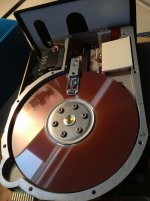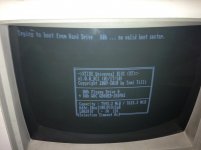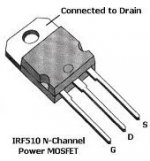SpidersWeb
Veteran Member
Yep you're right modem7, with the head recalibrated and the arm secured tightly it should keep operating.
I just suggested it as an option in case the OP didn't feel motivated enough to do the full repair - but if he's keen then all good - no point wasting potentially good kit.
I just suggested it as an option in case the OP didn't feel motivated enough to do the full repair - but if he's keen then all good - no point wasting potentially good kit.



